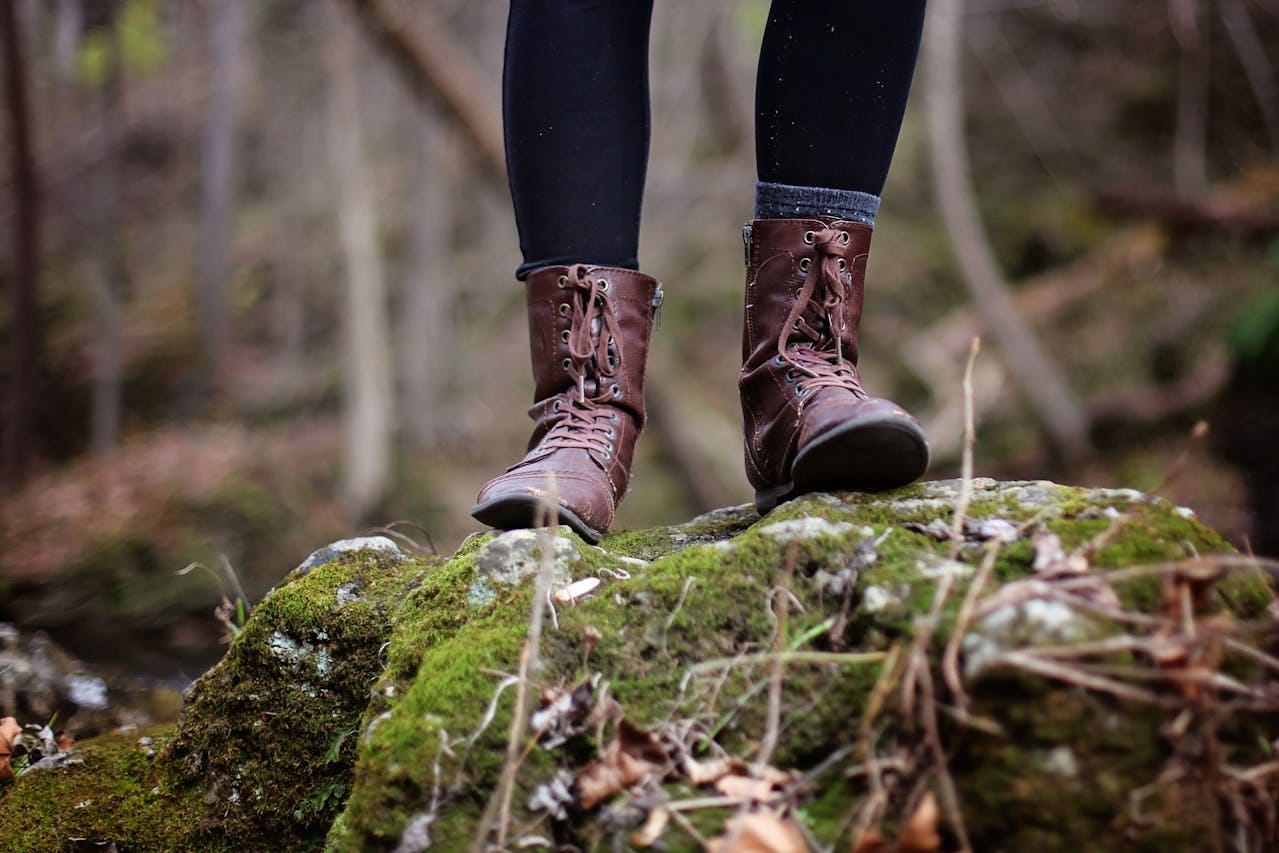Choosing the right outdoor footwear is essential for ensuring comfort, safety, and performance during your adventures. From hiking to trail running and mountaineering, the right shoes can make or break your experience. This article delves into the various types of outdoor footwear, their specific purposes, and what you need to know to make the best choice for your next excursion.
Why Does Outdoor Footwear Matter?
Outdoor activities expose your feet to varying terrains, weather conditions, and stress levels. The proper footwear protects against injuries, enhances stability, and provides the support needed for prolonged activity. Whether you’re tackling steep trails or strolling through urban parks, understanding the differences between outdoor footwear options ensures that your feet remain happy and healthy.
Types of Outdoor Footwear
1. Hiking Boots
Hiking boots are the go-to choice for those venturing into rugged terrains. Designed for durability and support, these boots are ideal for longer treks and uneven paths. Most hiking boots offer ankle support, thick soles, and water-resistant materials to handle challenging conditions.
Best For: Long hikes, backpacking trips, and rough terrains.
Key Features:
- High ankle collars for support
- Sturdy soles for traction
- Water-resistant or waterproof materials
Considerations: While hiking boots provide excellent support, they may feel bulky for shorter or lighter trips. Proper breaking-in is essential to avoid discomfort during use.
2. Trail Running Shoes
Trail running shoes are lightweight and designed for speed and agility on trails. Unlike standard running shoes, they feature rugged outsoles for better grip and materials that resist abrasion from rocks and roots.
Best For: Trail running, light hiking, and casual outdoor activities.
Key Features:
- Lightweight construction
- Enhanced traction for trails
- Breathable and quick-drying materials
Considerations: Trail running shoes prioritize mobility and may lack the ankle support necessary for rough or uneven terrains.
For more insights on proper footwear for trail activities, consult the American Podiatric Medical Association.
3. Mountaineering Boots
Designed for extreme conditions, mountaineering boots are built to withstand cold, snow, and rocky landscapes. These boots often feature insulated linings, crampon compatibility, and reinforced uppers for durability.
Best For: Climbing, glacier trekking, and high-altitude expeditions.
Key Features:
- Insulation for cold environments
- Compatibility with climbing gear like crampons
- Heavy-duty materials for rugged use
Considerations: Mountaineering boots are highly specialized, making them overkill for most standard hiking or camping trips. They’re also heavier than other options.
4. Water Shoes
Water shoes are perfect for activities that involve both land and water. They provide excellent drainage, quick-drying properties, and slip-resistant soles for wet environments.
Best For: Kayaking, rafting, and exploring rocky shorelines.
Key Features:
- Quick-drying and breathable materials
- Slip-resistant soles
- Lightweight and flexible design
Considerations: While great for water-based activities, water shoes may not provide the support needed for prolonged walking or hiking.
5. Approach Shoes
Approach shoes are a hybrid between hiking boots and climbing shoes. They’re perfect for routes that require both walking and scrambling over rocks.
Best For: Mixed terrain adventures, rock approaches, and light climbing.
Key Features:
- Sticky rubber soles for climbing grip
- Lightweight and flexible
- Durable uppers for rocky surfaces
Considerations: These shoes are versatile but may not excel in either climbing or long-distance hiking compared to specialized options.
How to Choose the Right Outdoor Footwear
Activity Type
Match your footwear to the activity. For example, hiking boots are better for long treks, while trail running shoes excel in lighter, faster activities.
Terrain
Consider the type of terrain you’ll encounter. Rough, rocky surfaces require shoes with sturdy soles and good grip, while flat paths may call for lighter options.
Fit and Comfort
Ill-fitting shoes can lead to blisters, soreness, or injuries. Always try on footwear with the socks you plan to wear during your activities and walk around to test the fit.
Durability
Invest in high-quality materials for long-lasting performance. Check for reinforced stitching, durable outsoles, and protective toe caps.
Maintenance Tips for Outdoor Footwear
- Clean Regularly: Remove dirt and debris after each use to prevent wear.
- Dry Properly: Avoid storing wet shoes to prevent mold and odor. Air-dry them naturally.
- Inspect Often: Check for signs of damage, such as worn soles or loose stitching, and address them promptly.
For additional tips on footwear maintenance, visit the National Park Service.
Final Verdict
Understanding the different types of outdoor footwear is key to optimizing your outdoor experiences. Whether you’re running trails, hiking mountains, or wading through rivers, the right pair of shoes provides comfort, safety, and performance tailored to your adventure. Remember to prioritize fit, durability, and activity-specific features when selecting your next pair. Happy exploring!

